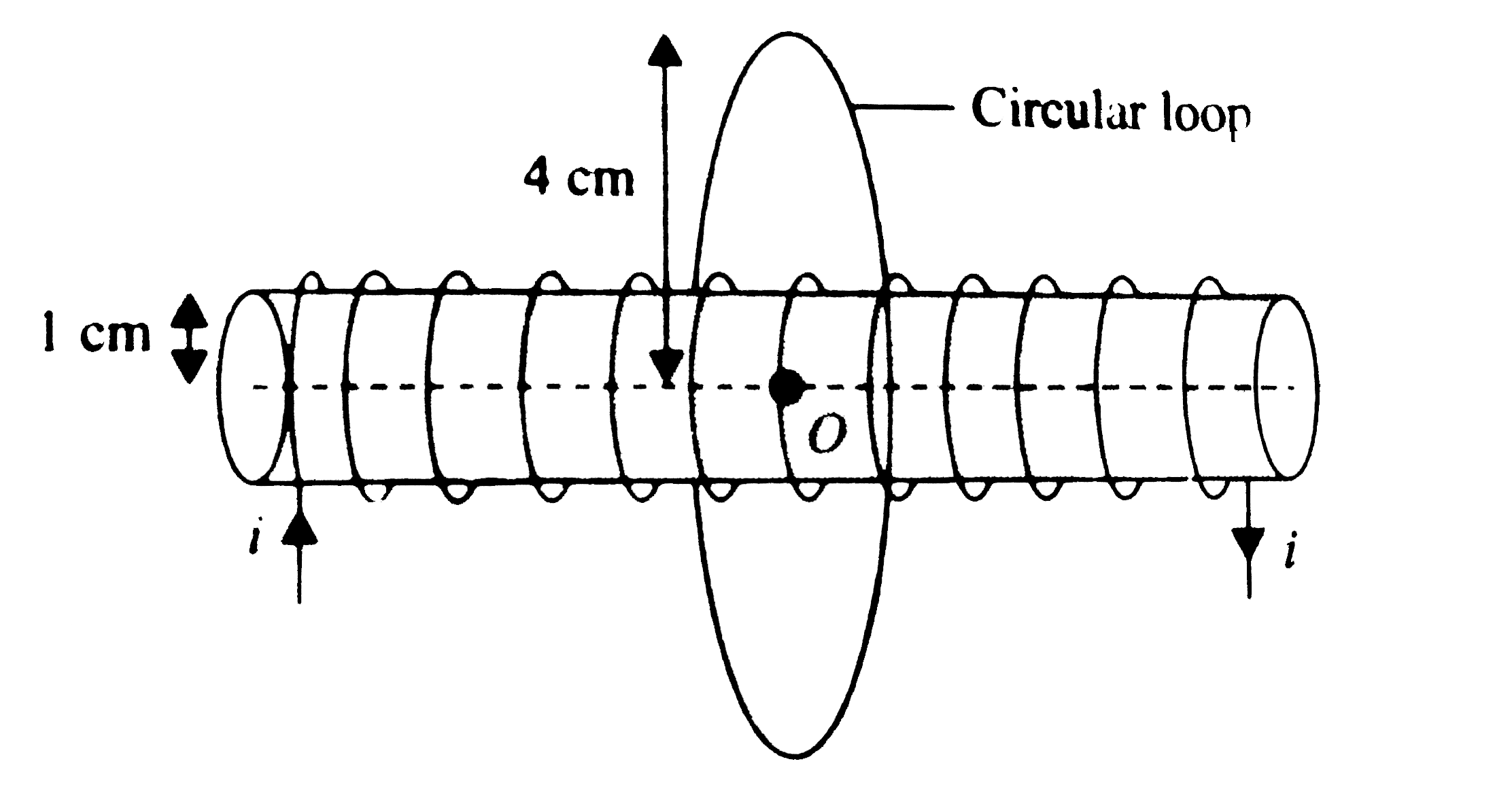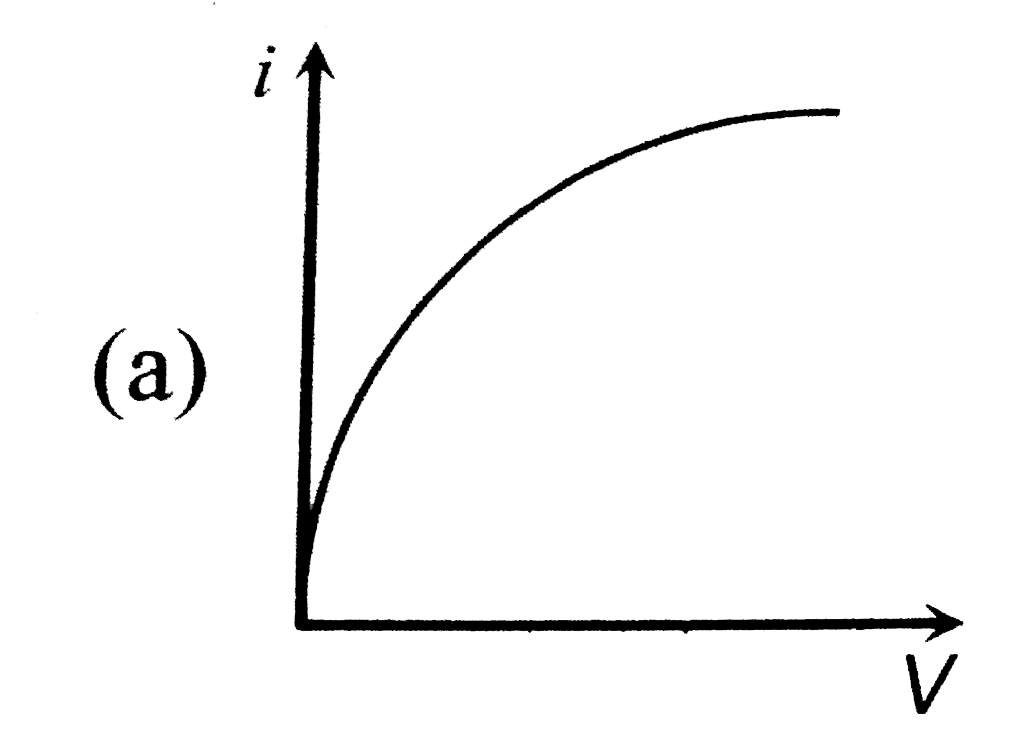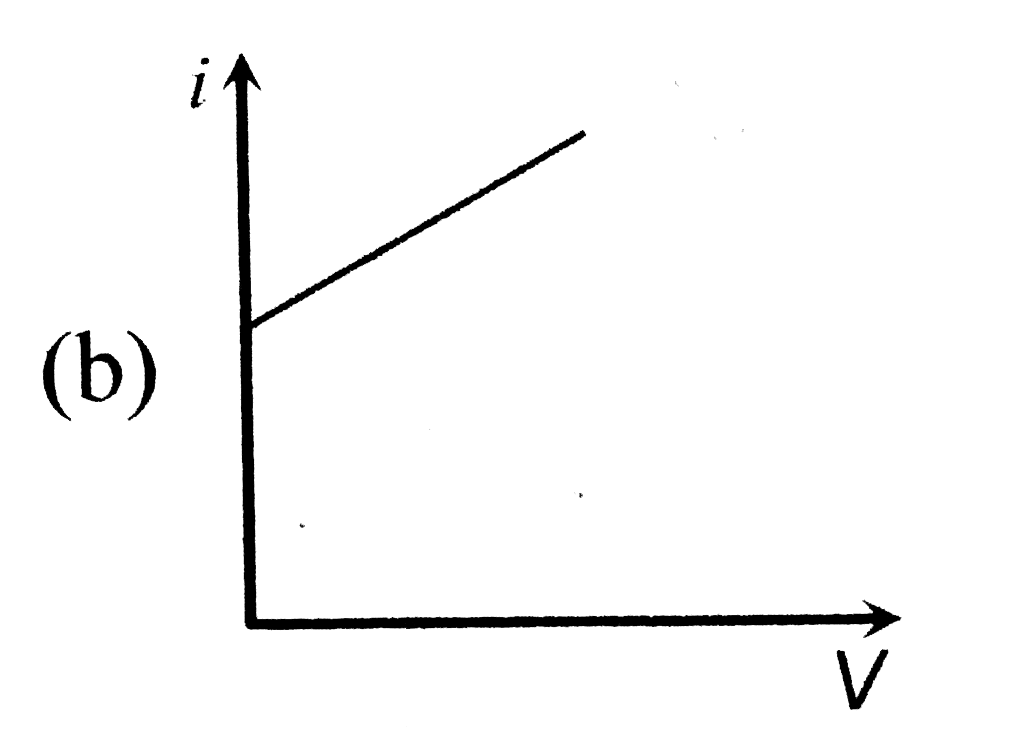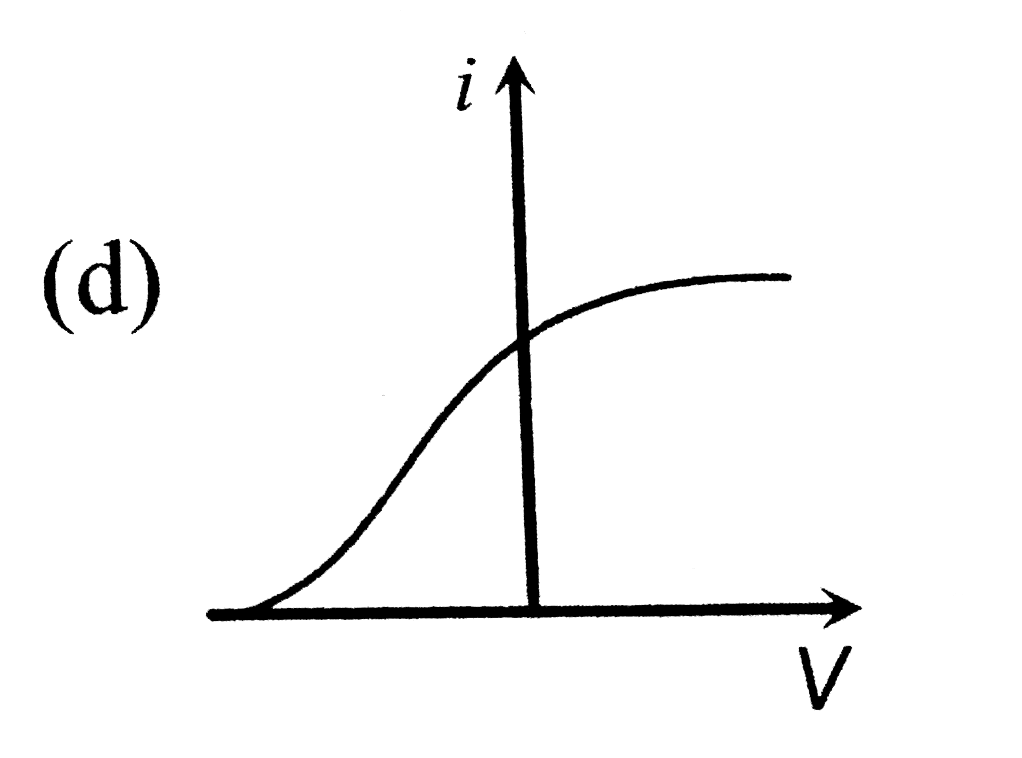The principle of photo cell is
To convert electrical energy into light energy
To convert light energy into electrical energy
To convert light energy into heat energy
To convert electrical energy into heat energy
The correct Answer is:B
Topper's Solved these Questions
- DUAL NATURE OF RADIATION AND MATTERBook:AAKASH SERIESChapter:DUAL NATURE OF RADIATION AND MATTERExercise:EXERCISE-I ASSERTION AND REASON
Explore 4 Videos
- DUAL NATURE OF RADIATION AND MATTERBook:AAKASH SERIESChapter:DUAL NATURE OF RADIATION AND MATTERExercise:EXERCISE=II
Explore 42 Videos
- DUAL NATURE OF RADIATION AND MATTERBook:AAKASH SERIESChapter:DUAL NATURE OF RADIATION AND MATTERExercise:PRACTICE EXERCISEX
Explore 44 Videos
- CURRENT ELECTRICITYBook:AAKASH SERIESChapter:CURRENT ELECTRICITYExercise:EXERCISE - III
Explore 73 Videos
- ELECTRIC CHARGES AND FIELDSBook:AAKASH SERIESChapter:ELECTRIC CHARGES AND FIELDSExercise:Practice Exercise
Explore 57 Videos
Similar Questions
A long solenoid having n = 200 turns per metre has a circular cross-section of radius a1=1cm. A circular conducting loop of radius a2=4cm and resistance R=5(Ω) encircles the solenoid such that the centre of circular loop coincides with the midpoint of the axial line of the solenoid and they have the same axis as shown in Fig.

A current 't' in the solenoid results in magnetic field along its axis with magnitude B=(μ)ni at points well inside the solenoid on its axis. We can neglect the insignificant field outside the solenoid. This results in a magnetic flux (ϕ)B through the circular loop. If the current in the winding of solenoid is changed, it will also change the magnetic field B=(μ)0ni and hence also the magnetic flux through the circular loop. Obvisouly, it will result in an induced emf or induced electric field in the circular loop and an induced current will appear in the loop. Let current in the winding of solenoid be reduced at a rate of 75A/sec.
When the current in the solenoid becomes zero so that external magnetic field for the loop stops changing, current in the loop will follow a differenctial equation given by [You may use an approximation that field at all points in the area of loop is the same as at the centre
View SolutionIn a p−n junction photo cell, the value of the photo electromotive force produced by monochromatic light is proportional to
View Solution
Knowledge Check
The curve between current (i) and potential difference (V) for a photo cell will be
A B
B C
C D
D
When a point source of light is at a distance of one metre from a photo cell , the cut off voltage is found to be V. If the same source is placed at 2m distance from photo cell , the cut off voltage will be
AWhen a point source is at a distance of one metre from a photo cell , the cut off voltage is found to be V. If the same source is placed at 2m distance from photo cell , the cut off voltage will beBVCV/2DV/4When a point source of light is at a distnace of 1 m from a photo cell, the cut off voltage is is found to be V. if the same source is placed at 3m distance from photo cell, the cut of voltage will be
AVBV2CV4DV√2
Cell principle is not applicable to
View SolutionIf the minimum possible de-Broglie wavelength of an electron emitted from a photo-cell is 5.477Å, then the minimum magnitude of potential difference required to stop the photo current in photo cell will be (in volt) :
View SolutionIn a p−n junction photo cell, the value of the of the photo electromotive force produced by monochromatic light is proportional to
View SolutionIn a p−n junction photo cell, the value of the photo electromotive force produced by monochromatic light is proportional to
View SolutionCell principle is not applicable to
View Solution
